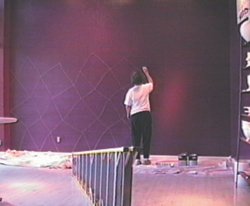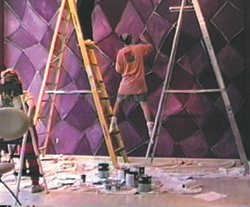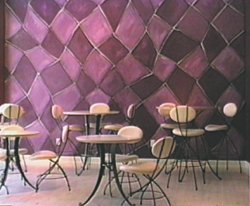Finding a Project
| Anything that moves or evolves slowly, over a long period of time, is an appropriate potential subject for time-lapse video. The span of time needs to be long enough, though, so that you might otherwise miss the event because of the sheer boredom or impracticality involved in watching for it. On the other end of the spectrum, the time span can't be too long, or you increase the chances of bumping (or needing to move) the camera while you create your video. Needless to say, a multiple-day project can be challenging to execute. For now, let's focus on the kinds of events whose time span is 30 minutes to 3 hours. For Charlie, and for other students interested in science projects, this may be limiting. The really good scientific stufflike plants growing or butterflies emerging from cocoonstends to happen over days or weeks. But social sciencewatching peoplecan be a good project, too. Parents like Christopher can capture whole meals with their young kids (I've seen videos of a dirtying floor beneath an infant having dinner; when cut to 30 seconds it can be reasonably amusing), or the slow, delightful process of their child waking up on a Saturday morning. A time-lapse of a teen's room, going from clean to messy, is similarly amusing. Around the house, it's a fun and memorable way to document building a model, making a quilt, or remodeling a room. As long as the camera doesn't move, these video projects work. Business owners can demystify many parts of their company's workings. (Jennifer has made time-lapse videos of kiln loading, the glazing process, and painting methods.) Timelapse is an interesting technique for training tapes and can be attractive for customers. Customer education can be provided in many wayspamphlets and instructional booklets are twobut little can replace watching the process over an expert's shoulder. Tip Integrating a short time-lapse sequence into a longer project of still or moving video creates an interesting element. |
EAN: 2147483647
Pages: 142


